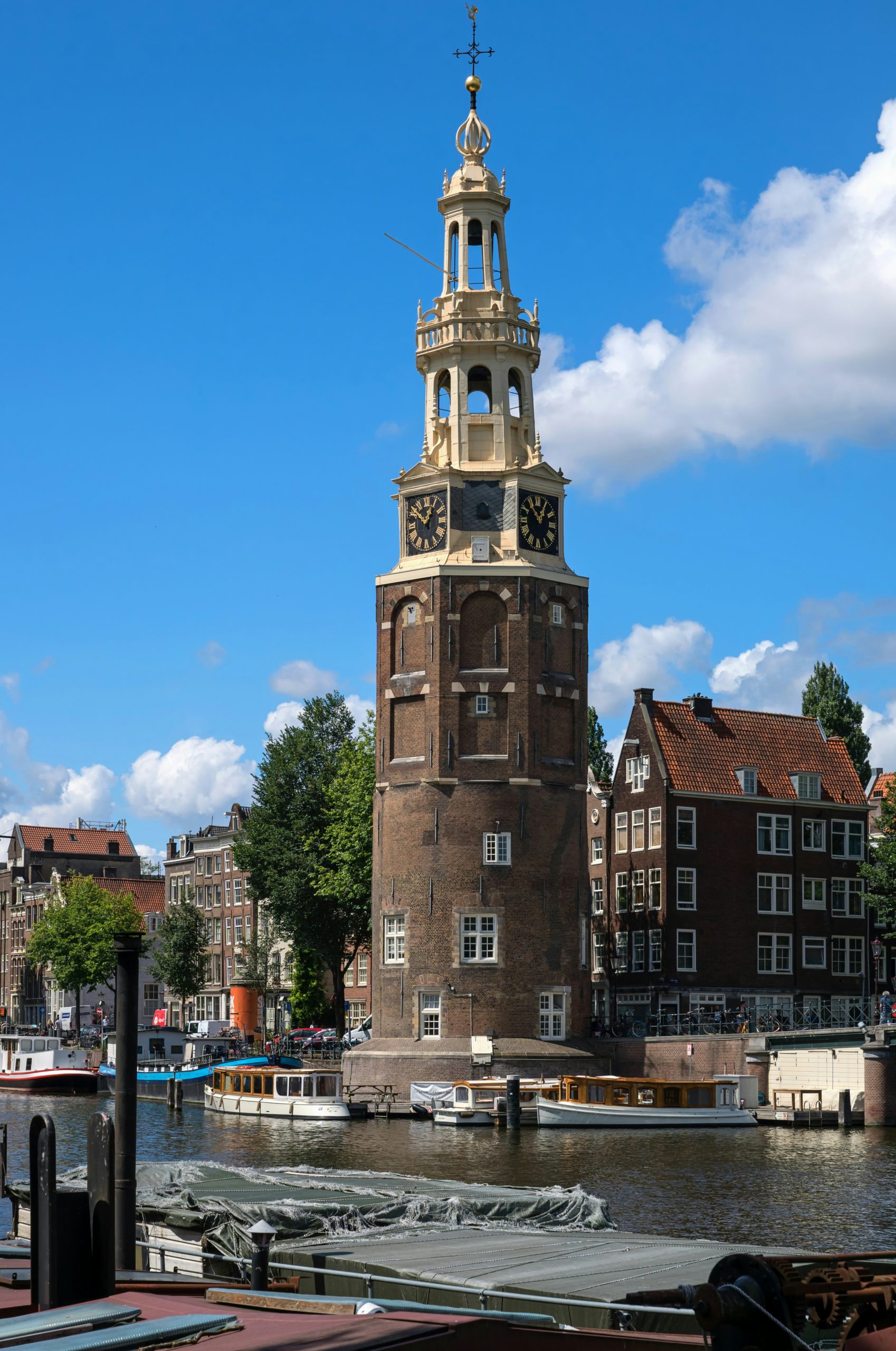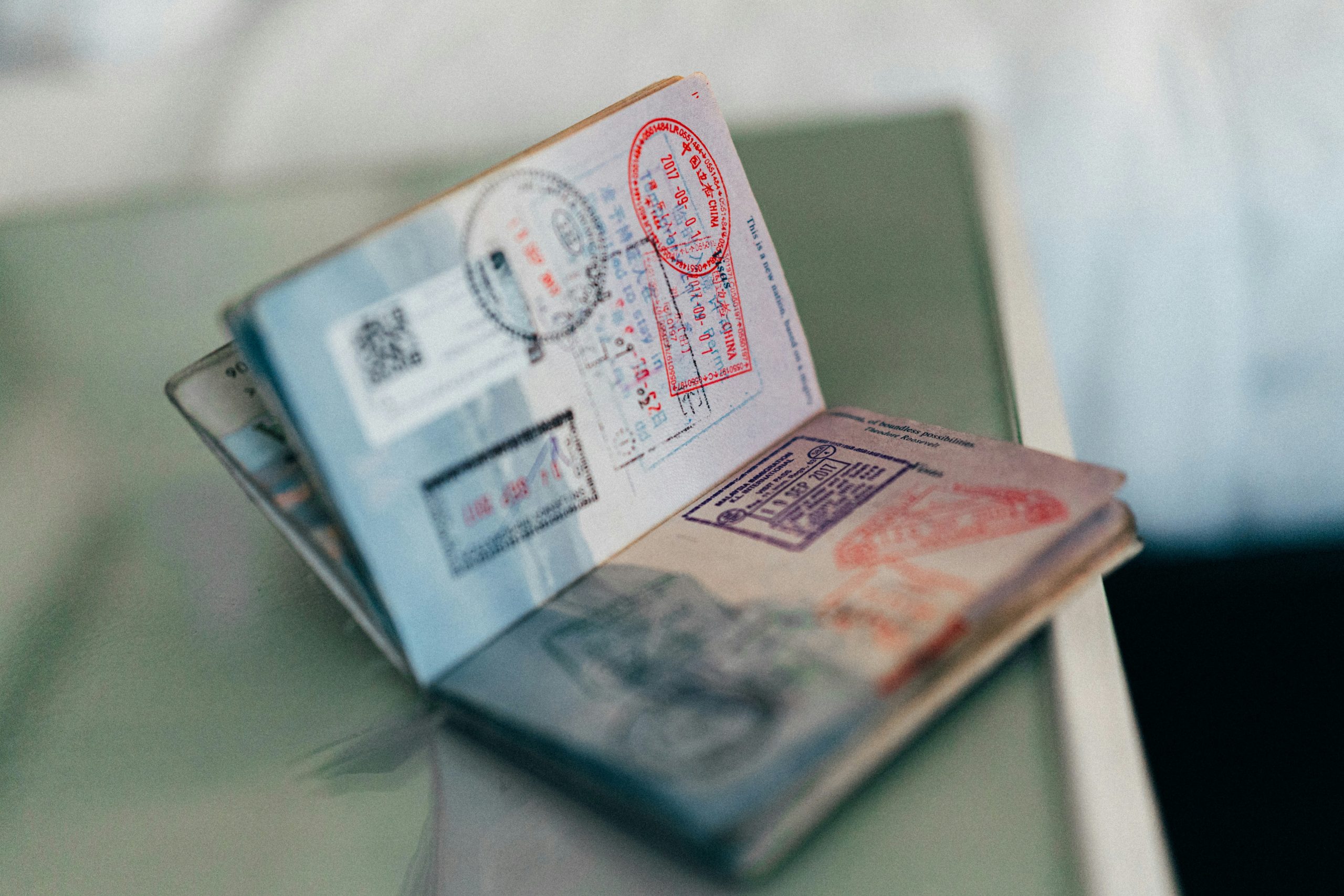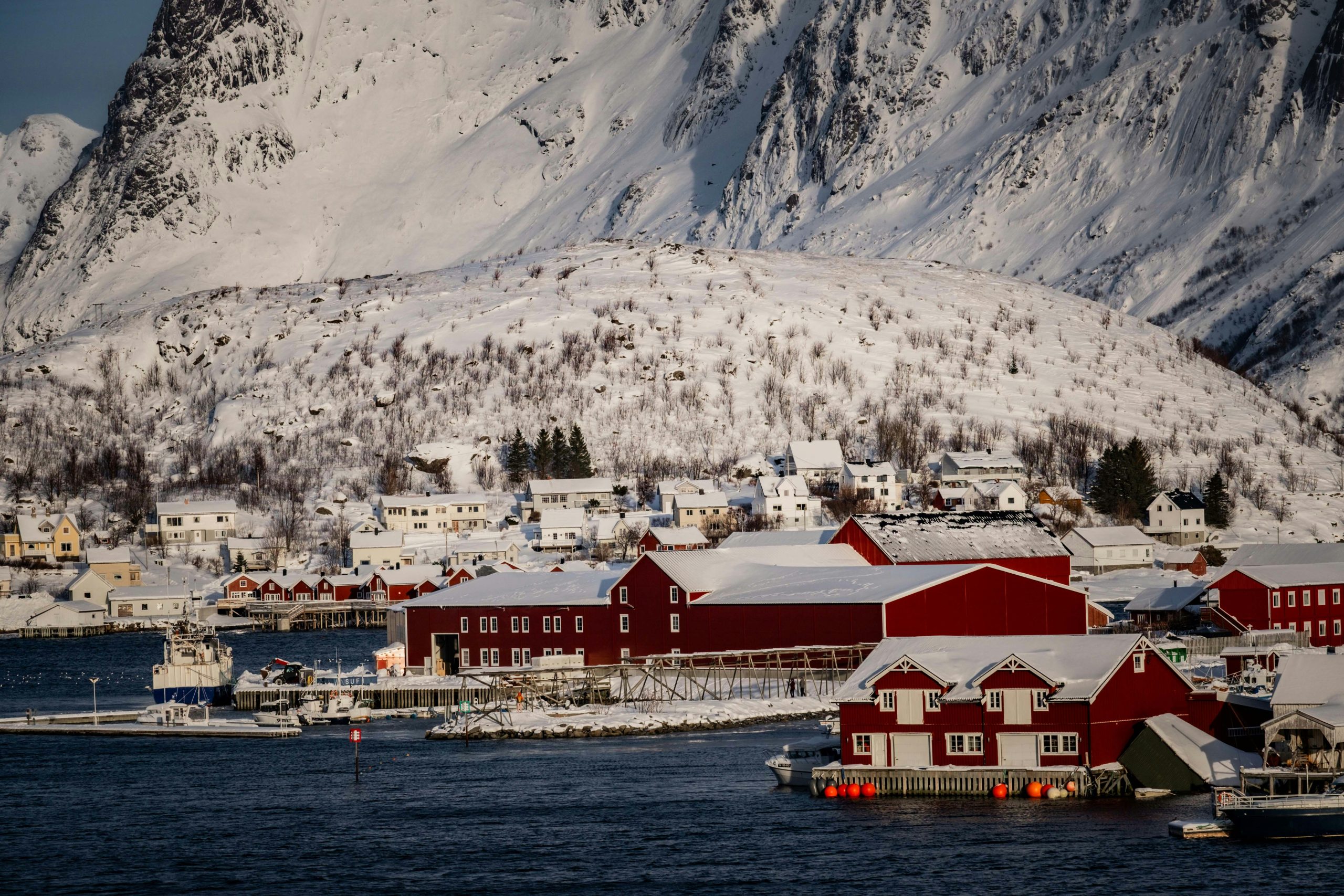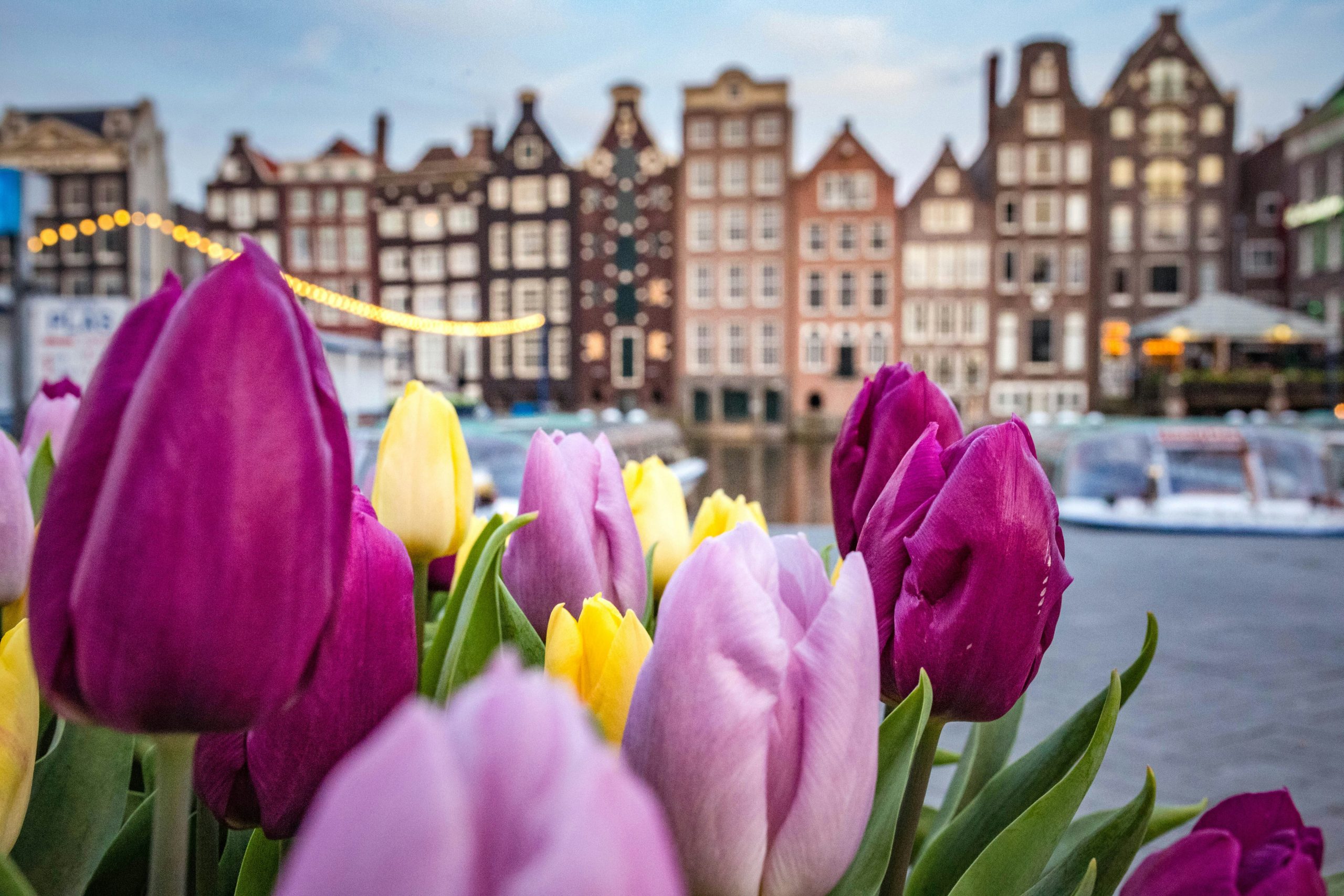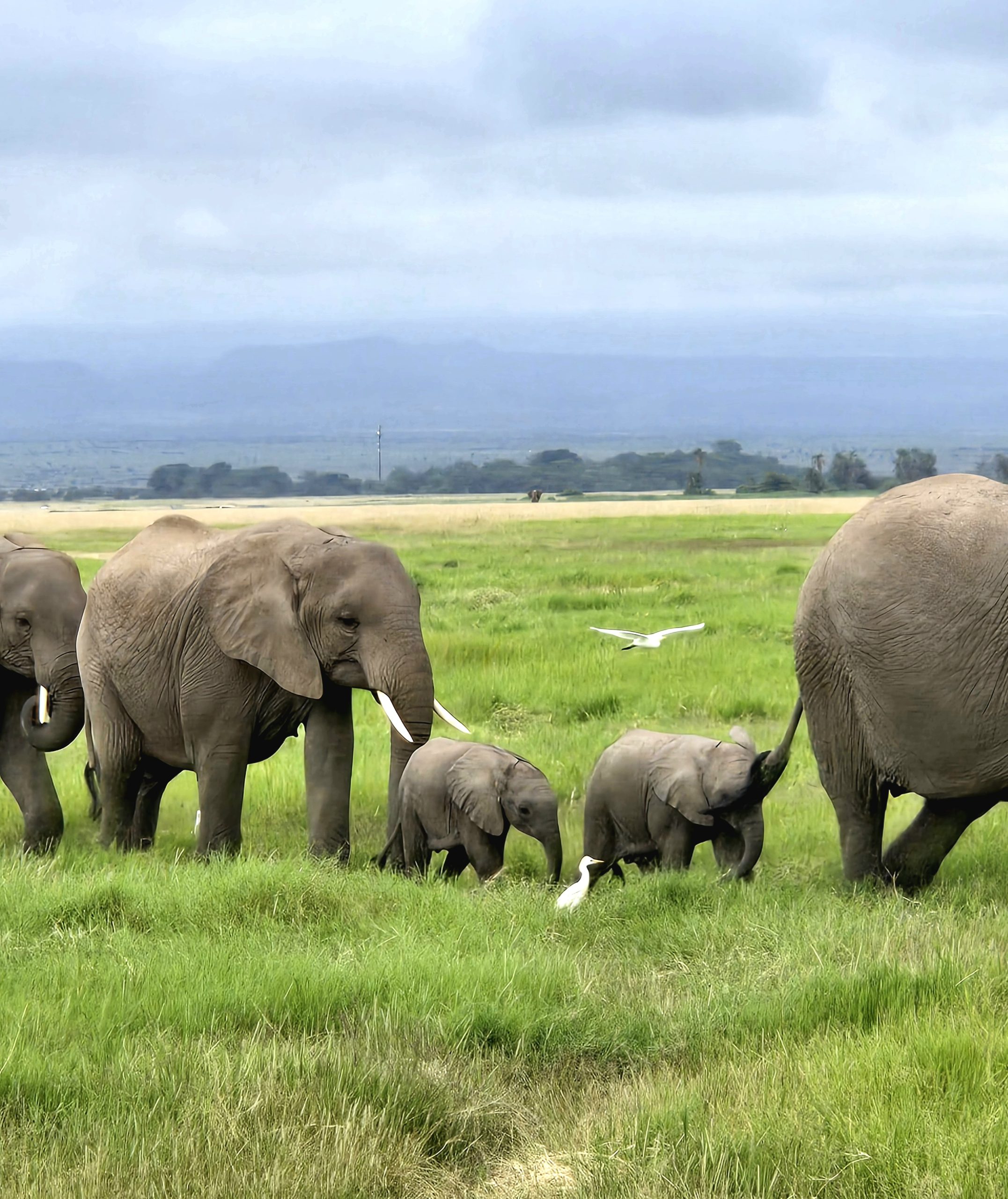Some families don’t DO traditional Christmas.
They do ADVENTURE Christmas.
The best gifts aren’t wrapped in paper. They’re wrapped in EXPERIENCES. MEMORIES. STORIES.
They want their kids to remember the Christmas they went on SAFARI. Not the year they got another gaming console.
If your family craves ADVENTURE. If you bond through shared CHALLENGES. If you believe memories beat material goods EVERY TIME.
THIS is for YOU.
Lapland, Finland: Journey to the REAL North Pole
There’s NO more magical Christmas destination than Lapland.
The OFFICIAL home of Santa Claus. The ARCTIC CIRCLE. WINTER WONDERLAND REAL LIFE.
Rovaniemi sits RIGHT on the Arctic Circle. Your family crosses the line between the Arctic and the rest of the world. Again and again. Kids LOVE this.
Visit Santa Claus Village. Meet SANTA. Finnish Santa living in Lapland YEAR-ROUND. This feels AUTHENTIC. This is the REAL DEAL.
Husky Sledding: Your family commands a team of REAL sled dogs. You MUSH through snow-covered forests. The only sounds: Dogs PANTING. Sleds SWOOSHING. Your heart is POUNDING.
Your son grips the handles. “Mush!” The dogs LEAP forward. He’s GRINNING ear to ear.
Reindeer Farms: Calmer pace. Perfect for younger children. Learn about Sami culture. Cultural education wrapped in Christmas magic.
Igloo Hotels: Glass igloos where you watch Northern Lights FROM BED. Traditional snow igloos for something EXTREME. “We spent Christmas Eve in an ACTUAL IGLOO above the Arctic Circle!” EPIC.
Northern Lights Hunting: Nightly adventure. Will you see them?
Then… IT HAPPENS. Aurora Borealis appears. Greens and purples DANCING across the sky. WAVES of color. MOVING. ALIVE.
Even teenagers stop scrolling. They’re STARING. Mouths OPEN.
You can’t stream it. You have to BE THERE.
Christmas Eve Sauna Tradition: Heat up in smoke saunas. Cool off by ROLLING IN SNOW. Or jumping through ice holes! Sounds EXTREME? It IS. It’s EXHILARATING. Surprisingly SPIRITUAL.
Iceland: Northern Lights and Viking Christmas
The 13 Yule Lads: Not one Santa. THIRTEEN! Each visit on a different night. Leaves gifts in shoes. (Or rotten potatoes!)
Spoon-Licker. Door-Slammer. Sausage-Swiper. Your kids LOVE this. SO WEIRD. SO COOL.
Northern Lights Viewing: Some of Earth’s BEST chances. Lights reflecting off glacial lagoons. Framing over waterfalls. Appearing above geothermal pools. Chase them via super jeep tours!
Christmas in the Blue Lagoon: Your family floating in naturally heated geothermal water. Surrounded by snow and ice. Milky blue water creates a dreamlike atmosphere. Open on Christmas!
Ice Cave Exploration: Professional guides lead families into natural caves UNDER GLACIERS. Blue ice creates CATHEDRAL-like formations. MASSIVE. GLOWING.
These caves are TEMPORARY. Your family explores something that may not exist NEXT YEAR.
Glacier Hiking: Ice axes and crampons. Trek across ancient ice. Learning about climate change while having an ABSOLUTE BLAST.
Reykjavik’s New Year’s Eve: The ENTIRE CITY sets off fireworks from 11 PM to past midnight! SPECTACULAR.
Christmas Buffet: Smoked puffin. Fermented shark. Reindeer pâté. Eating becomes its own ADVENTURE!
Swiss Alps: White Christmas with Alpine THRILLS
Zermatt: Car-free Alpine PERFECTION beneath the Matterhorn. Skiing the world’s BEST slopes. Runs for EVERY skill level.
Gornergrat Railway to 10,000 FEET. Panoramic views. BREATHTAKING.
Tobogganing EPIC Style: Faulhorn to Grindelwald run covers 9 MILES. Drops 5,000 FEET. Longest toboggan run in the ALPS!
Stop at Alpine huts for hot chocolate. Adventurous but SAFE.
Christmas Day Skiing: Swiss tradition. Resorts stay open. EARNING your holiday meal through physical activity.
Fondue Dinners in Mountain Huts: Many accessible ONLY by hiking or skiing. Makes the meal feel EARNED. SPECIAL.
Alpine Christmas Markets: Montreux along Lake Geneva with snow-capped mountains behind. Postcard-PERFECT.
South Africa: Safari Christmas Under Southern Stars
Christmas, where GIRAFFES wander past your lodge. Where you track LIONS on Christmas morning.
Kruger National Park: Malaria-free options. December = baby animals. Lush vegetation. INCREDIBLE bird life.
Christmas Day Game Drives: Your guide spots elephant tracks. You follow. Suddenly, you’re watching elephant families playing at a waterhole. BABIES splashing!
Your daughter whispers, “This is the BEST Christmas present EVER.” No toy could COMPETE.
Bush Lodges: Children’s programs teaching tracking, bush survival, and wildlife conservation. Educational but feels like ADVENTURE.
Night Drives: Leopards HUNTING. Bush babies with ENORMOUS eyes. Spotlights illuminate eyes in darkness. That slight fear factor thrills teenagers.
Christmas Dinner in the Bush: Boma dinner under STARS. Traditional braai alongside Christmas turkey. Storytelling around the fire. Animal sounds in the darkness.
Conservation Lessons: Children learn best when they are protecting animals and habitats. POWERFUL Christmas message.
Combine with Cape Town: Table Mountain. Penguins at Boulders Beach. Christmas on Camps Bay Beach.
Norwegian Fjords: Winter Wonderland Exploration
Bergen’s Christmas Markets: UNESCO Heritage architecture. Historic wooden buildings. Fjord scenery. STUNNING backdrops.
Flåm Railway: One of the world’s STEEPEST. In winter? DRAMATIC. Snow-covered mountains. Frozen waterfalls. OTHERWORLDLY scenes.
Dog Sledding: Fjord views adding DRAMA. Multi-day expeditions or day trips.
Norway in a Nutshell: Trains, boats, buses through spectacular scenery. Adventure WITH infrastructure.
Christmas Traditions: Rice pudding with a hidden almond – whoever finds it gets a marzipan pig!
Make It Happen
Physical Prep: Assess family’s fitness HONESTLY. Build stamina. Practice layering. Discuss challenges AND excitement beforehand.
Pack RIGHT: Quality thermal layers (NOT cotton!). Multiple pairs of gloves. Hand warmers. Sun protection. Headlamps.
Safety: Book licensed operators. Check age requirements. Comprehensive insurance.
Budget: Adventure costs more, but memories last FOREVER. Shoulder season = better rates. Splurge on ONE signature experience.
The TRANSFORMATION
Active Christmas adventures CHANGE families. PERMANENTLY.
Your confident son admits he’s SCARED before trying something new. Then he beams with pride when he succeeds.
Your shy daughter finds her VOICE teaching younger kids.
These trips create stories told for DECADES: “Remember when Dad fell in the snow?” “Remember the reindeer that tried to eat Mom’s hat?” “Remember Northern Lights on Christmas Eve?”
These stories become your family IDENTITY.
Years from now, your children won’t remember what they got for Christmas when they were 10.
But they’ll remember MUSHING huskies through Arctic forests.
TRACKING elephants with you on Christmas morning.
NORTHERN LIGHTS dancing while you stood together in the snow.
That’s the gift of adventure Christmas: Not what you GIVE them. What you DO together.
This is YOUR Moment. Make the CHOICE.
Here’s the truth: You’re reading this for a REASON.
Something INSIDE you wants THIS. Craves THIS. Needs THIS.
You’re TIRED of the same old Christmas. The stress. The stuff. The forgettable routine.
You WANT your family creating memories that MATTER. Stories they’ll tell forever. Adventures that CHANGE them.
But here’s what happens:
You think, “Maybe next year.” You think, “When the kids are older.” You think, “After things settle down.”
And Christmas comes. And goes. Same as always. And another year passes.
STOP waiting. STOP putting it off. STOP choosing “someday.”
Someday is NOW. This Christmas. THIS family. These EXACT kids at these EXACT ages.
Your 7-year-old will NEVER be 7 again. Your 12-year-old will NEVER have this same wonder.
The time is NOW.
Traditional Christmas or extraordinary ADVENTURE? Same old or SPECTACULAR? Safe or UNFORGETTABLE?
Your family. YOUR choice.
But you have to CHOOSE. And you have to choose NOW.
These trips book up MONTHS in advance. The best lodges SELL OUT. The perfect dates DISAPPEAR.
While you’re “thinking about it,” other families are BOOKING it.
Don’t let this be the Christmas you COULD have had. The adventure you ALMOST took. The memories you WISHED you’d made.
Make this the Christmas that CHANGES EVERYTHING.
Ready to START? Here’s What You Do RIGHT NOW:
Step 1: Email me. Call me. Message me. TODAY. Not tomorrow. Not next week. RIGHT NOW, while you’re thinking about it.
Step 2: Tell me your dream. Huskies in Lapland? Safari in South Africa? Ice caves in Iceland? Let’s talk about YOUR family’s perfect adventure.
Step 3: I’ll handle EVERYTHING. The planning. The booking. The logistics. The details. You just show up and CREATE MEMORIES.
This is what I DO. This is what I LOVE. This is why I became a travel agent.
Not to book hotels. But to CREATE MOMENTS. To CHANGE FAMILIES. To make MAGIC happen.
Your adventure Christmas is waiting. The huskies are ready. The Northern Lights are dancing. The elephants are waiting at the waterhole.
All that’s missing? YOUR FAMILY.
Don’t wait another day. Don’t let another Christmas pass you by.
Contact me NOW. Let’s plan the Christmas adventure your family will talk about for the REST OF THEIR LIVES.
Because memories don’t wait. Adventures don’t wait. MAGIC doesn’t wait.
And neither should you.
Let’s make this happen. Let’s make THIS Christmas EXTRAORDINARY.
Ready? Then STOP READING and START DOING.
Your adventure is waiting. Let’s GO.
